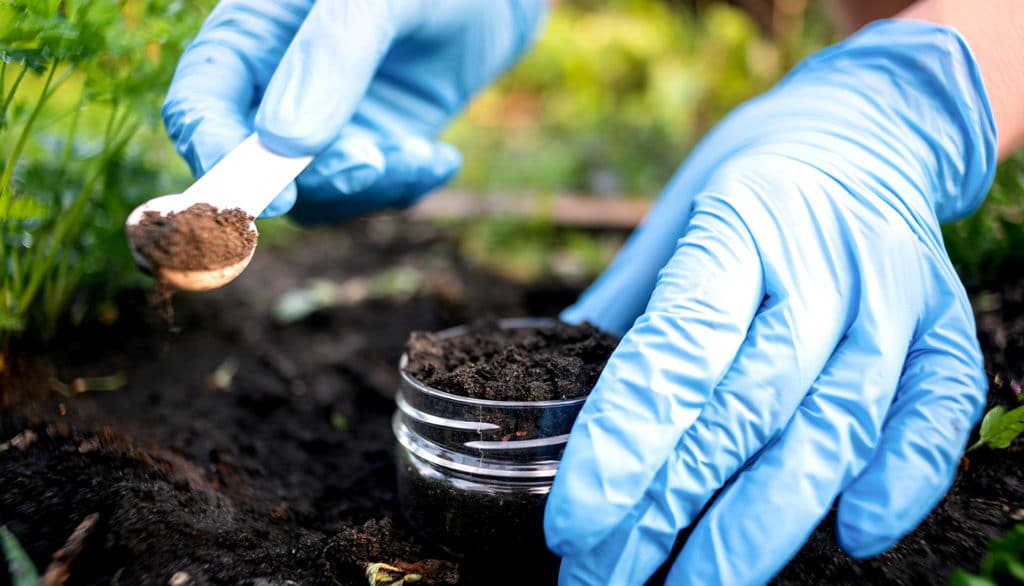10 Steps to a Successful Spring Garden
Spring is here and it’s time to get active in our favorite home oasis. Most of the country endured a trying winter, added into much of the usual (and unusual) stresses, so making a happy home garden is at the top of our list of “Must Haves.” Good gardens always start with a plan, so here are ten things you can do to launch the spring season successfully.
1. Begin with a spring garden inspection.
As the days begin to warm, you should put aside an hour or so for some note taking. Figure out what went on over the winter and what will need to be replaced if anything:
- Damage on plants from ice and general cold weather
- Debris blocking up your garden bed
- How badly did your fences, trellises, sheds and other hardscaping elements do during the winter? Keep an eye out for wood rot.
- Evidence of new nests or burrows from animals that you don’t want near your plants, rabbits in particular.
- Note any deer or rodent damage on woody plants
2. Build up your garden infrastructure
In early spring before the ground is ready to be worked, focus your energy on hardscaping. This is the time to repair damaged retaining walls, level out your stepping stones, fix fences, repair benches, decks and sheds. Replace any failing trellises or window boxes. These tasks are easier to accomplish while your plants are still resting safely dormant.
Early spring is also a good time to plan for and build new raised gardens, expand the ones you have already built, and tidy up your beds’ edging. When it gets above 45 degrees F overnight, it’s a good time to repaint or reseal elements made of wood.
3. When it’s time for spring cleanup
Ideally just before your spring bulbs start to pop up, this is the best time to remove debris. Maintaining good hygiene in your garden beds will help to keep pests and diseases at bay. It’s also a great time to make your own organic mulch from dead leaves and grass clippings. Great ingredients for home made mulch includes fallen branches, matted down leaves, last year’s perennial foliage, ornamental grasses and perennial hibiscus, and any annuals you didn’t remove last fall. As long as you didn’t use harsh pesticides or fungicides on them, they can go into the mulch pile, or the compost pile. If you’re not up for the effort of making your own mulch, there are plenty of options at your Westlake Ace garden centers.
Now is also a good time to clean out debris from your pond or water feature. While you’re at it, scrub and sterilize your bird bath and containers before setting them back out into the garden. A 1 part bleach/5 parts water solution should take care of any lingering diseases or insect eggs in your containers.
4. The importance of garden soil pH
Experts recommend testing your garden soil every 3-5 years to see what nutrients or organic materials it needs and figuring out if there’s too much of certain elements and minerals. You might learn, for example, that your soil is very high in phosphorous, so you would avoid adding fertilizers that contain a lot of it. Or you might find out your soil is naturally alkaline, and need to add aluminum sulfate around your evergreens and acid-loving shrubs like hydrangeas. You can buy a kit to test your soil yourself, or you can find out how to collect and submit garden soil samples on your state’s Extension Service website.
5. Figure out how much fertilizer, food and compost
When your soil test results return and you know what your garden soil needs will be, talk with someone at your Westlake Ace garden center about which specific products to use, always following package instructions for best results.
A good general practice is to topdress the soil with an inch or two of compost, humus and/or manure in early spring just before or as your bulbs are starting to emerge. That’s also a good time to sprinkle an organic slow release plant food around your perennials and shrubs. Earthworms and other garden creatures will do the job of working these organic materials down into the soil for you.
See the last five steps of this checklist at the Proven Winners resources section >



